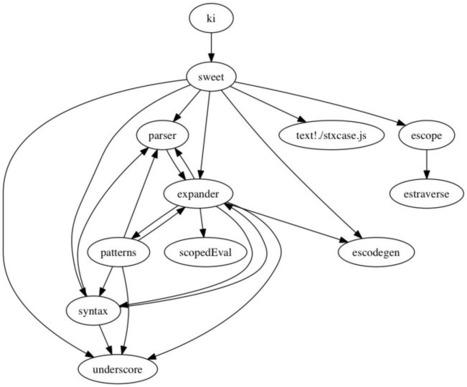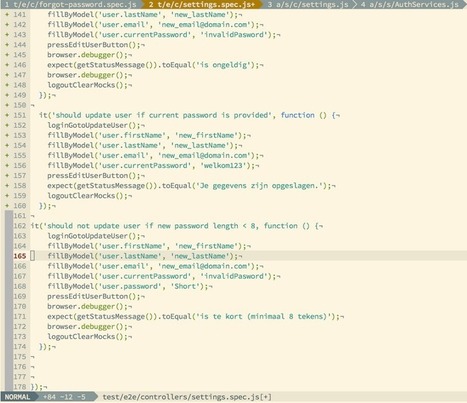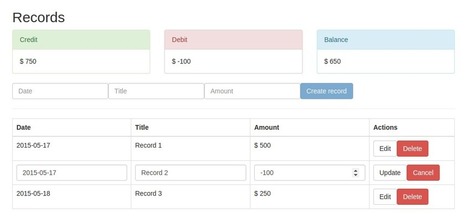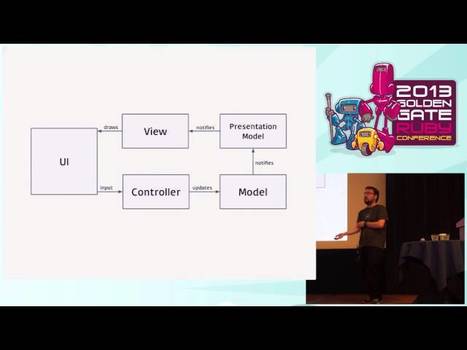The latest Ember Data has been totally overhauled to follow JSON API.
The plan here is to put them to work. We’ll build a CLI-powered Ember 2.0-ready app step by step, hooked to a Rails 5 API using JSON API. Bleeding edge anyone?
We will create a simple bookstore.




 Your new post is loading...
Your new post is loading...






















